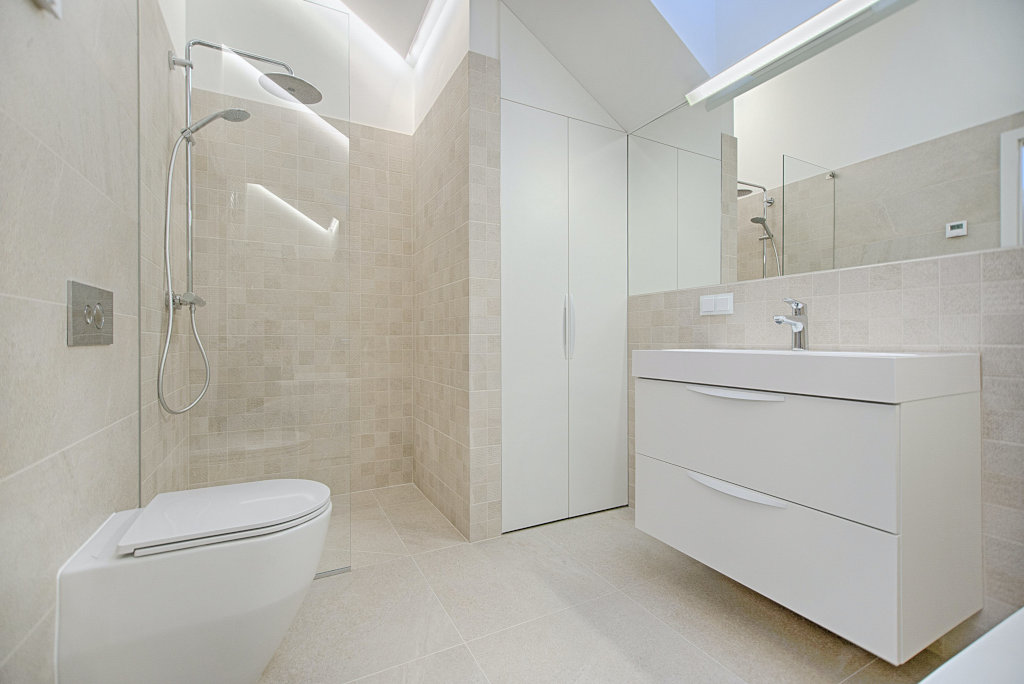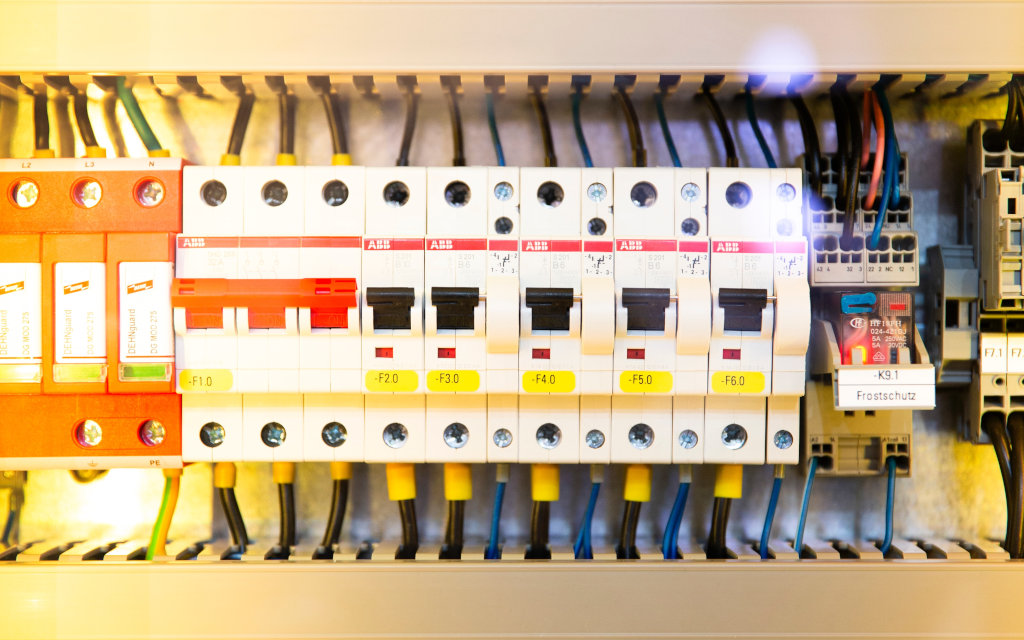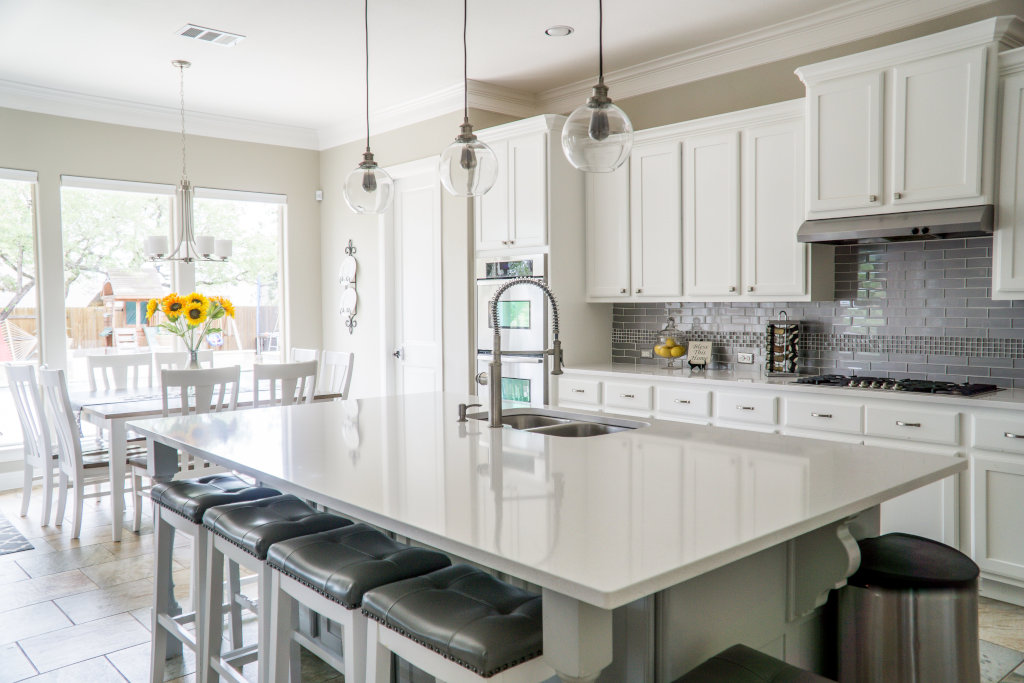Investing in rental property is not just about buying and holding; it’s also about maintaining and upgrading to ensure both property value and tenant satisfaction. In this comprehensive guide, we’ll delve into the intricacies of rental property bathroom renovations, exploring the expenses involved and how landlords can navigate this process efficiently.
Rental Property Bathroom Renovation Expenses Explained
Introduction
Bathrooms are essential components of any rental property, and they can significantly impact tenant satisfaction and rental rates. Renovating an outdated or poorly functioning bathroom can enhance the overall appeal of your rental unit and potentially attract higher-quality tenants. However, before embarking on a bathroom renovation project, it’s crucial to understand the potential expenses involved.
This comprehensive guide delves into the intricacies of rental property bathroom renovation expenses, providing a detailed breakdown of costs, factors influencing expenses, and strategies for maximizing your renovation budget.
Understanding the Breakdown of Rental Property Bathroom Renovation Expenses
Renovating a rental property bathroom can encompass a wide range of expenses, from replacing fixtures to upgrading plumbing systems. The specific costs will vary depending on the size of the bathroom, the extent of the renovation, and the quality of materials selected.

| Section | Price Range |
|---|---|
| Fixtures and Hardware | $500 – $2,500 |
| Flooring | $500 – $2,000 |
| Lighting | $100 – $500 |
| Vanity and Countertop | $500 – $2,000 |
| Tiling | $1,000 – $3,000 |
| Plumbing | $200 – $1,000 |
| Painting and Trim | $200 – $500 |
Here’s a breakdown of common expenses associated with rental property bathroom renovations:
Fixtures and Hardware
Replacing outdated or damaged fixtures such as toilets, sinks, faucets, bathtubs, and showerheads can be a significant expense. The cost of fixtures will vary depending on the style, brand, and material. Estimated cost: $500 – $2,500.
Flooring
Replacing old or worn-out flooring is essential for creating a clean and modern look. The cost of flooring will depend on the type of material chosen, such as tile, laminate, or vinyl and can cost $500 – $2,000.
Lighting
Upgrading outdated lighting fixtures can enhance the overall ambiance of the bathroom. The cost of lighting will vary depending on the style, type, and number of fixtures. Estimated cost: $100 – $500.
Vanity and Countertop
Replacing an old vanity and countertop can instantly transform the bathroom. The cost will vary depending on the size, material, and style of the vanity and countertop. Estimated cost: $500 – $2,000.
Tiling
Tiling the walls or shower can add a touch of elegance and protect against water damage. The cost of tiling will depend on the type of tile, the size of the area to be tiled, and the labor involved. Estimated cost: $1,000 – $3,000.
Plumbing
Upgrading plumbing systems can address existing issues and prevent future problems. The cost of plumbing work will depend on the specific repairs or upgrades required. Estimated cost: $200 – $1,000.
Painting and Trim
Fresh paint and new trim can significantly enhance the overall appearance of the bathroom. The cost of painting and trim will depend on the size of the bathroom and the labor involved. Estimated cost: $200 – $500.
Please note that these are just estimates, and the actual cost of your renovation will vary depending on the size of your bathroom, the quality of materials you choose, and the labor costs in your area. It is always a good idea to get quotes from multiple contractors before making a decision.
Factors Influencing Rental Property Bathroom Renovation Expenses
The overall cost of renovating a rental property bathroom can be influenced by several factors, including:
Size of the Bathroom
Larger bathrooms will typically require more materials and labor, leading to higher expenses.
One of the most important factors that will affect your renovation costs is the size of the bathroom. A larger bathroom will simply require more materials and labor, which will drive up the price. For example, a small powder room may only cost a few thousand dollars to renovate, while a large master bathroom could cost upwards of $10,000 or more.
Extent of Renovation
A complete overhaul will involve more extensive work and higher costs compared to minor upgrades.
The extent of your renovation will also play a major role in determining your costs. A minor renovation, such as replacing the fixtures and flooring, will be much less expensive than a complete gut job. If you are only planning on making a few minor changes, you can expect to pay between $2,000 and $5,000. However, if you are planning on gutting the entire bathroom, you could be looking at a price tag of $10,000 or more.
Quality of Materials
Opting for high-quality materials will increase the overall cost but can enhance the durability and appeal of the bathroom.
Another important factor to consider is the quality of materials you choose. High-quality materials will typically cost more than low-quality materials, but they will also be more durable and look better. For example, a granite countertop will be more expensive than a laminate countertop, but it will also be much more scratch-resistant and heat-resistant.
Labor Costs
Labor costs vary depending on the location, contractor’s experience, and complexity of the work.
Labor costs can also vary greatly depending on your location and the contractor you choose. In general, you can expect to pay between $50 and $100 per hour for labor. However, if you are located in a high-cost area or if you choose a highly experienced contractor, you could pay closer to $150 per hour or more.
Permits and Inspections
Obtaining necessary permits and inspections can add to the overall expenses.
In addition to the cost of materials and labor, you will also need to factor in the cost of permits and inspections. The specific permits and inspections you will need will vary depending on your location and the scope of your renovation. However, you can expect to pay a few hundred dollars for permits and inspections.
Strategies for Maximizing Your Rental Property Bathroom Renovation Budget
To maximize your renovation budget and get the most out of your investment, consider these strategies:
Prioritize Essential Upgrades
Focus on essential upgrades that will significantly impact the functionality and appearance of the bathroom, such as replacing outdated fixtures and flooring.
Focus on fundamental upgrades that have a significant impact on the bathroom’s functionality and aesthetics. Consider replacing outdated fixtures like toilets, sinks, faucets, bathtubs, and showerheads with modern, water-efficient options. Replace worn-out flooring with durable and stylish tiles or laminate.
Consider DIY Projects
If you possess DIY skills, take on tasks like painting the walls, installing trim, and replacing towel racks. This can significantly reduce labor costs, which often constitute a substantial portion of renovation expenses.
Shop Around for Materials
Compare prices from different suppliers to find the best deals on materials.
Don’t settle for the first supplier or contractor you come across. Take the time to research and compare prices from different vendors for materials, fixtures, and labor. This can help you find the best deals and maximize your budget.
Negotiate with Contractors
Obtain quotes from multiple contractors and negotiate the best possible price for labor. Be clear about your expectations, scope of work, and budget constraints. Don’t hesitate to ask for discounts or bundle deals.
Consider Partial Renovations
Stage the renovation over time, prioritizing the most urgent upgrades first and spreading out the costs.
Instead of undertaking a complete overhaul at once, consider phasing the renovation over time. Prioritize the most urgent upgrades, such as replacing outdated fixtures and flooring, and spread out the remaining improvements to a later date.
Opt for Durable and Low-Maintenance Materials
Choosing high-quality materials that can withstand wear and tear will minimize the need for frequent repairs and replacements, saving you money in the long run. Consider tile for flooring, solid-surface countertops, and high-quality fixtures.
Utilize Salvage Materials
If possible, explore options for reusing or refurbishing existing elements, such as vanities, cabinets, or lighting fixtures. This can add character to the bathroom while reducing material costs.
Explore Alternative Financing Options
If your upfront budget is limited, consider financing options like home equity loans or lines of credit. Carefully evaluate the terms and interest rates to ensure they align with your financial goals.
Seek Professional Guidance
Consult with an experienced interior designer or renovation specialist for expert advice on design, material selection, and cost estimation. Their expertise can help you make informed decisions that maximize your budget and achieve a cohesive, appealing bathroom design.
Understand Your Rental Market
Research the average rental rates in your area and determine the value that a renovated bathroom can add to your property. This will help you set realistic expectations for your renovation budget and ensure that the investment is worthwhile.
Conclusion
Renovating a rental property bathroom can be a worthwhile investment, enhancing the appeal of your unit, potentially attracting higher-quality tenants, and increasing rental income. By carefully considering the expenses involved, implementing cost-saving strategies, and prioritizing essential upgrades, you can maximize your renovation budget and reap the benefits of an upgraded bathroom.
Remember, the key to a successful rental property bathroom renovation is to strike a balance between enhancing the value of the unit and maintaining a budget that aligns with your financial goals.
FAQs
- How much should I budget for a rental property bathroom renovation?
- Budgets vary based on the extent of renovations, but allocating $2,000 to $10,000 is a good starting point.
- Can I DIY major bathroom renovations to save costs?
- While DIY is an option for minor upgrades, major renovations often require professional expertise to ensure quality and compliance.
- Do bathroom renovations always increase property value?
- Well-planned renovations have the potential to increase property value, but it’s essential to focus on upgrades that appeal to potential tenants.
- What legal considerations should I keep in mind during renovations?
- Ensure compliance with local building codes, and communicate effectively with tenants about the renovation process to address any concerns.
- How can I minimize disruption to tenants during bathroom renovations?
- Plan renovations during natural turnover periods, communicate timelines clearly, and address tenant concerns promptly to minimize disruption.





